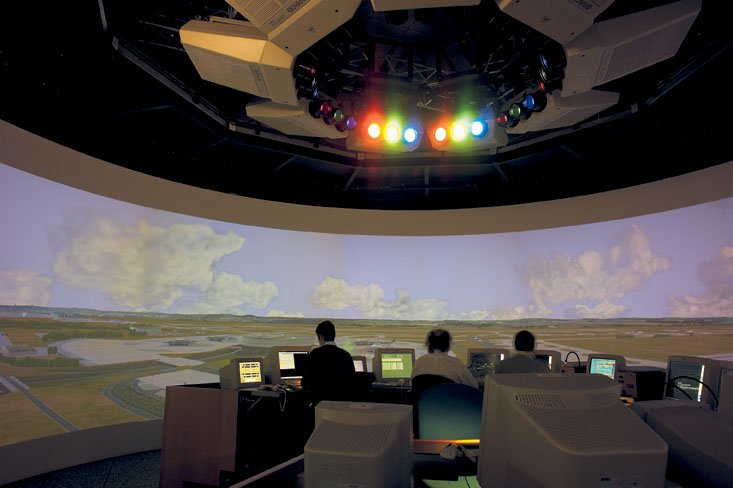HDR on a projector is always a challenge as projectors don't have the brightness to display HDR's extended dynamic range fully. Colour gamut is often limited as well. A projector is never going to show what HDR is capable of. Is HDR a case of Emperor's New Clothes? Absolutely not, however current implementations of HDR can be poor which undermines the results. With projectors, using something like the Lumagen Pro is almost mandatory to get the best from HDR. On TVs you are at the mercy of the vendor's implementation. Things are definitely improving with each generation and HDR, done right, can look fantastic. But yes, it can also certainly look poor.
Hmm... So the bit depth of the imager chip is still important. I am a SMPTE, SID and SPIE member so I have some grasp of the topic.
How exactly, in technical depth, is HDR a improvement with a limited bit depth set by the imager chip or output driver chip for fixed displays , fixed top brightness and dynamic range limitation in a room ?
It does not make black blacker, it does not make white brighter, there are only 12 bits between white and black on the imager chip. If you start rendering a image where white is defined as less then full output on the imager chip you loose bit depth.
Because the display cant reach the full super nova HDR definition,, clipping then is implemented in controlled ways to try and use the space it does have. This introduces its own math issues.
I can see HDR being good to manage the HDR displays for outdoor use, like the signs in vegas, I don't see how its anything but bad for home use.
So far all I see is the Emperors New Clothes.
And then there are the myriad of terrible standards and implementation issues.
To me this looks like a marketing thing to sell displays and all the HDMI gear in-between.
I know exactly what i am doing with calibration and settings and I can produce a FAR better picture with SDR then HDR.
The brightness of the top Sony projector can now exceed the dynamic range you would want in a room and do so in a very linear fashion. I DO NOT want more dynamic range. Top white in the scene should exactly match the top white of the projector. Black should be off. There are 12 bits MAX in the material and 12 bits max in the imager chip. Why do I need HDR ?


